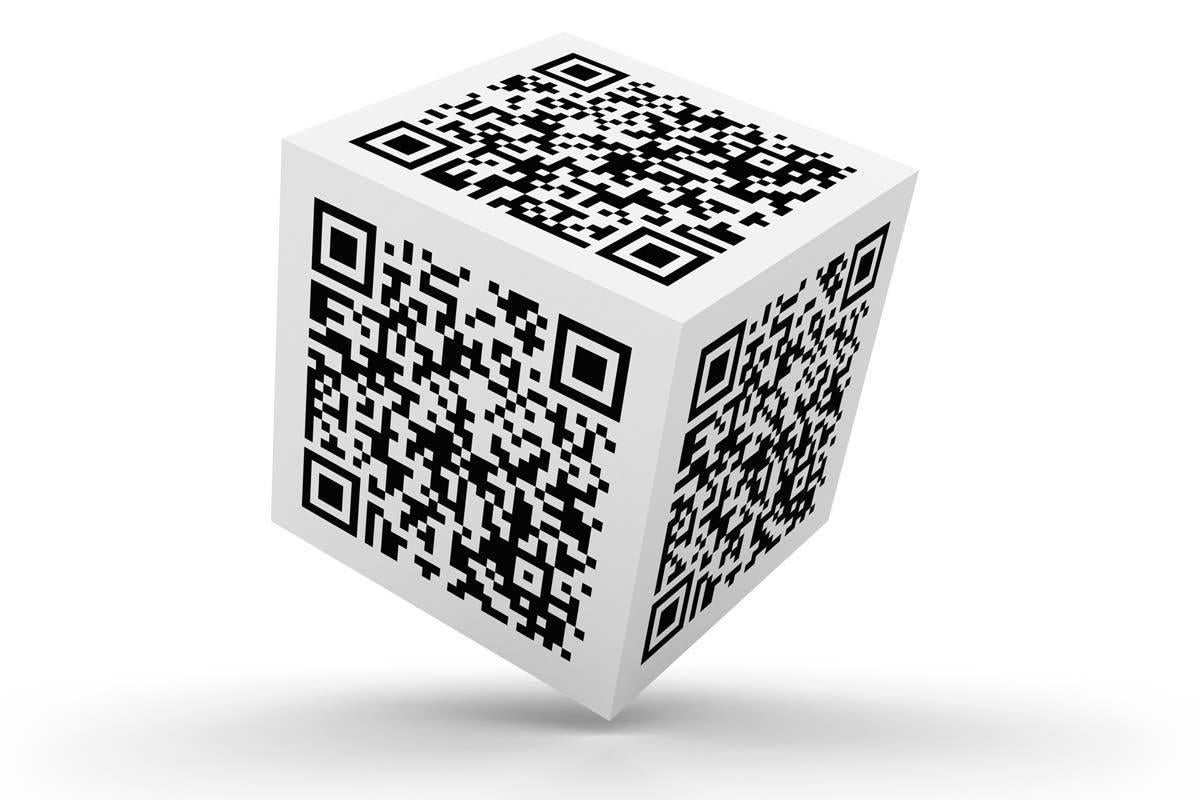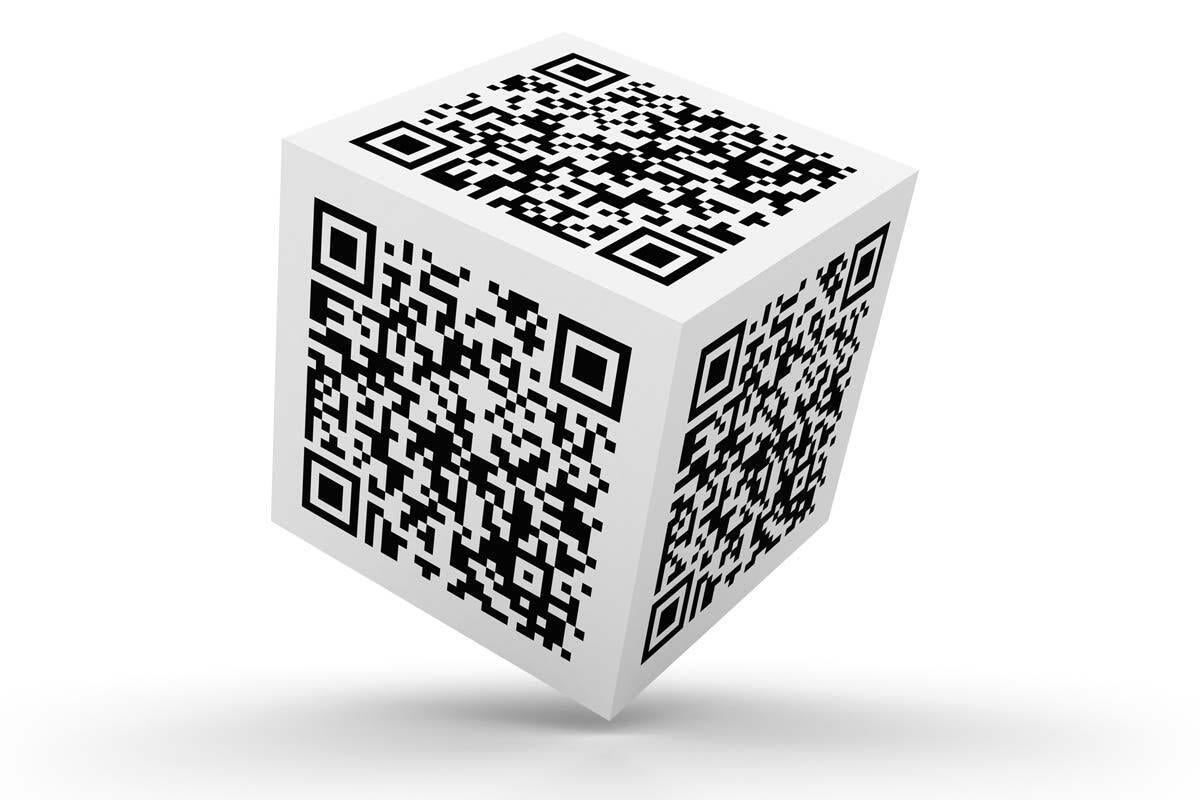
QR codes were invented in 1994 by a Japanese auto parts company called Denso Wave. The idea was to enable the tracking of car parts in the factory where cars are assembled.
The creators could never have imagined that their visual data system would one day become a necessary ingredient in the future of augmented reality and pandemic control.
That’s right: Suddenly, we need QR codes.
How COVID-19 is driving QR codes
The COVID-19 pandemic has suddenly created a strong need for any solution that could help us stop touching things. QR codes are being used to track people who have been or may have been infected with the coronavirus.
In a collaboration with Alibaba’s Ant Financial (formerly Alipay), the Chinese government is using color-coded QR codes to track and authenticate the public based on their COVID-19 status. Using the ubiquitous WeChat app on their smartphones, people assigned red QR codes are required by law to remain in quarantine, which lasts 14 days. Yellow code people must stay indoors for a week. And anyone with a green code can move around normally. The QR codes are machine-scanned before entry to public venues, public transportation and other places. The color coding is a quick way for humans to see if people have a green code and are therefore allowed to enter.
Many of the contract-tracing apps coming online around the world are using QR codes. For example, the open source TrackCOVID app developed at the University of California, Irvine, School of Medicine, enables users to create “checkpoints” — points at which the virus may spread — which other users join by scanning a QR code.
The South Korean government is now requiring nightclubs and bars to log customer visits using QR codes. This is part of a wider contact-tracing program to keep the coronavirus at bay.
QR codes are proving to be a ready and mature solution to the problem of physical contact created by the coronavirus. But even without the pandemic, QR codes were about to become indispensable anyway.
Apple’s re-invention of the QR code
iOS 14, expected in preview later this month and officially released in September, may contain some QR code surprises, according to a Medium post by former TechCrunch reporter Josh Constine.
Apple is reportedly working on a new augmented reality app called Gobi. An apparent leak of iOS 14 files to Constine may have revealed a new system of Apple-created QR codes that will be used in an AR version of the Find My app and a future Gobi Starbucks app and other apps.
The Find My app, which currently lets you find people and your other Apple products, will be extended to any object you tag with an expected tag product called AirTag. It’s reasonable to assume that QR codes will be involved with AirTag — for example, the physical tags themselves will probably have QR codes on them. And to find a tagged object — say, your car keys — you’ll scan the room with your iPhone camera and sound and haptics will indicate when you’re getting “warmer,” and a virtual balloon may float in space over your keys behind the couch cushion.
Unlike regular QR codes, which tend to have black boxes in three corners and pixelated squares in patterns that convey data, some (but not all) the Apple codes are radically different, involving a circle pattern made up of different colored, different length tear-drop shapes all facing outward, plus a pattern in the middle. Others are closer to regular QR codes, with rounded boxes and dots instead of squares, but otherwise more or less QR code-like.
Apple is just one (albeit major) AR company that will use QR codes and other machine-readable labels to function as the missing link between the virtual world and the physical world in the coming age of augmented reality
Smart glasses and QR codes: A marriage made in Silicon Valley
Apple’s introduction of QR-codes at this point is almost certainly timed to function as a dress rehearsal for the coming augmented reality glasses from Apple.
QR codes will give AR glasses an enormous boost. They’ll function as both the anchoring point and convey the data required to fetch 3D image data. With a simple, inexpensive QR code sticker, any object will be able to inform smart glasses where online to retrieve the AR data, so that 3D animated characters, instructions, supplemental data or anything else can hover in space in front of, above or next to the sticker as viewed through the glasses.
While today QR codes are explicitly, intentionally and deliberately “scanned.” But in the age of all-day smart glasses, the scanning will be automatic. Just looking at things that display a QR code will conjure up contextual information about that object. Glasses won’t need “knowledge” about the physical world — only the ability to read QR codes and fetch the information about the world from the internet/
QR codes are spreading for other reasons
PayPal last month introduced a new QR code payment system for small businesses and consumers, who can engage in transactions using neither card machines nor cash. The system uses PayPal’s app and is touted by the company as a way to use the app without making physical contact.
Banks are getting into the act as well, scrambling to offer touchless QR-code based transaction solution.
Also: Clover recently introduced a service called Scan to Pay, which enables restaurant customers to pay with either Apple Pay or QR codes without downloading an app or handing over a credit card. The Clover system generates a QR code, which is printed on the receipt.
Many restaurants are replacing menus with QR codes, which bring up the menus on customers’ phones.
Now that cannabis sales in California are legal, the state government has to crack down on illegal sales of cannabis — which is to say, un-taxed sales. Because such illicit sales are rampant, the California Bureau of Cannabis Control recently proposed emergency rules that requires licensed cannabis businesses to display a unique Quick Response Code in store windows, and also use that QR code for products being delivered. The codes are supposed to help both consumers and law enforcement identify legal sales.
Smart displays are finding good uses for barcodes. In January, Amazon’s Echo Show 5 and Echo Show 8 gained the ability to scan barcodes. By scanning the code of a food product, that product is added to your shopping list.
Charities and nonprofits are also suffering from the realities of social distancing. No more face-to-face interaction with donors, no more in-person fundraising. Now, the Australian company Quest Payment Systems has come out with a product called Donation Point Go that enables contributions via QR code, which can be plus in public places or sent out on mailers or websites. Once donors scan it, they’re sent to the website where they can process the donation transaction using Apple Pay, Google Pay, or by entering credit card information.
GoPro action cams are experimenting with QR codes for quicker programming.
WhatsApp is testing the ability to add contacts using QR codes.
And these are just some of the brand-new uses for this not-so-new idea.
Forget about the demise of QR codes. They’re becoming handy, helpful and indispensable.



